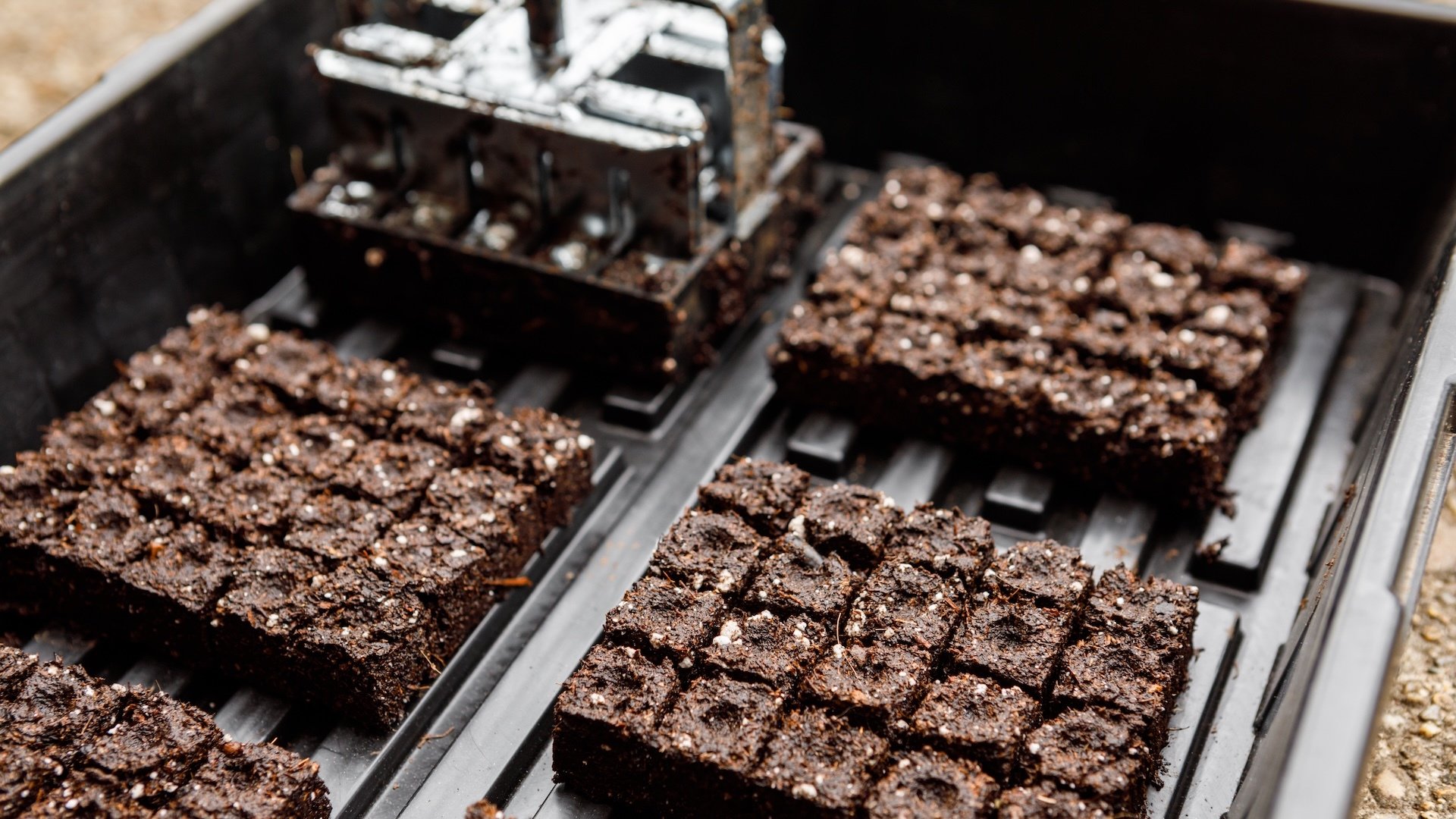Now Reading: Why Soil Blocking Could Be the Future of Seed Starting
-
01
Why Soil Blocking Could Be the Future of Seed Starting
Why Soil Blocking Could Be the Future of Seed Starting

Quick Summary
- Soil Blocking Overview: Soil blocking is an ancient method of growing seedlings that involves compressing seedling mix into solid blocks instead of using plastic trays. This process reduces plastic use and promotes healthy, strong root systems in plants.
- How It Works: Soil blocks prevent root-bound growth by allowing air pruning,where roots stop growing upon reaching the block edge.
- Materials Needed:
– Soil blocker tools, available in various sizes (e.g., mini, maxi).
– Seedling mix containing peat or coconut coir for compactness and moisture retention.
– Watertight trays to hold the blocks.
- Environmental Drawbacks: Peat used in soil mixes has notable environmental impact due to extraction processes.Alternatives like coconut coir might not perform as well for some users.
- process steps:
1. Get a soil blocker tool to create compressed cubes of soil.
2. Prepare seedling mix suitable for compaction with enough water added for consistency.
3. dispense soil blocks using rocking movements within a bin of mix and set them tightly on trays.
4. plant seeds directly into each block based on depth requirements; provide water regularly via tray bottoms while maintaining light and humidity using heat mats or domes.
Images included:
- Illustration of soil blocking in action, along with tools like mini/maxi blockers and interchangeable dibbles.
Indian Opinion Analysis
Soil blocking resonates as an environmentally conscious gardening practice that reduces reliance on plastic-an issue especially relevant in India as it grapples with significant challenges surrounding single-use plastics waste management.The technique’s ability to enhance plant health through robust root systems could pave the way for more sustainable agricultural practices among farmers exploring organic alternatives.
However, the dependence on peat (a resource linked to ecological degradation) raises concerns about scalability within regions striving for environmental sustainability alongside economic viability, such as India’s integrated farming landscape often dependent on locally-sourced mediums like cocopeat or bio-enriched alternatives.
india’s diverse climate offers potential adaptability prospects but might also require tailored experimentation-the high labor intensity associated with this practice may initially limit adoption within small-scale rural settings without mechanized help unless productivity payoffs can mitigate efforts expended over seasonal cycles.

























